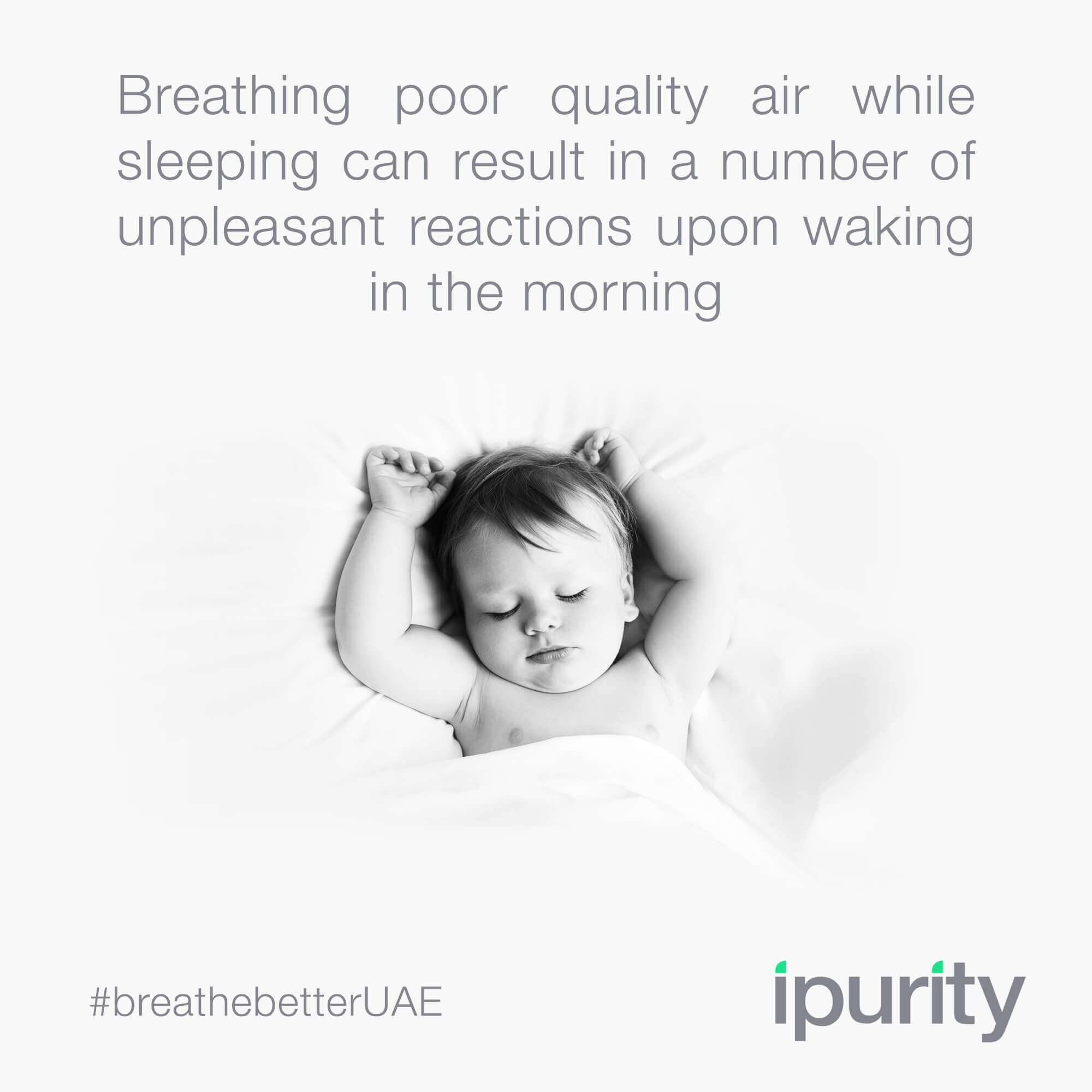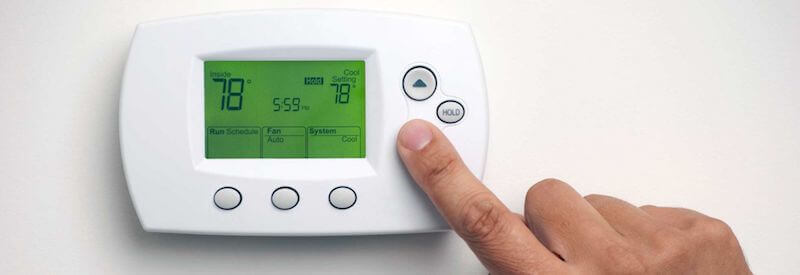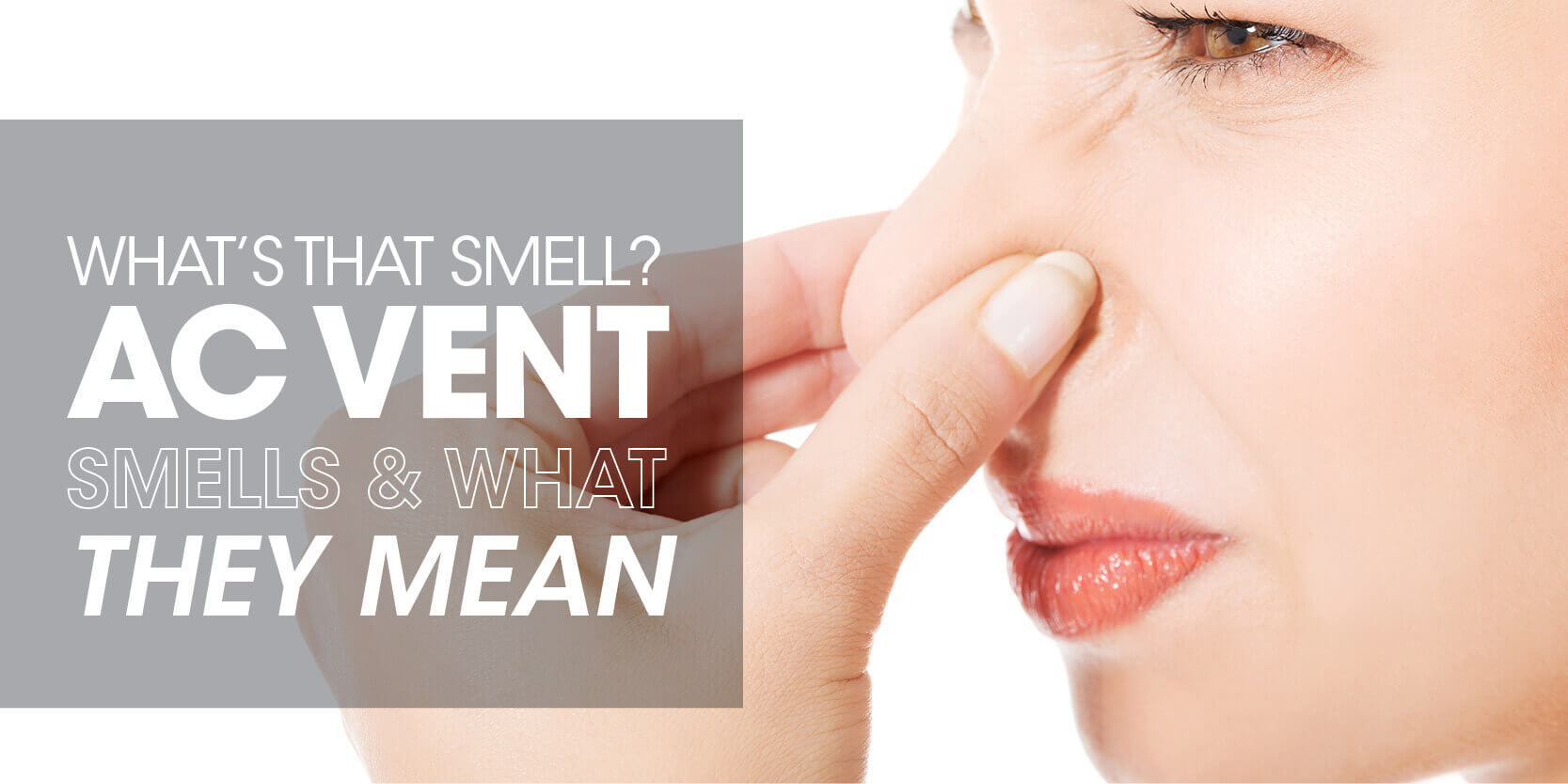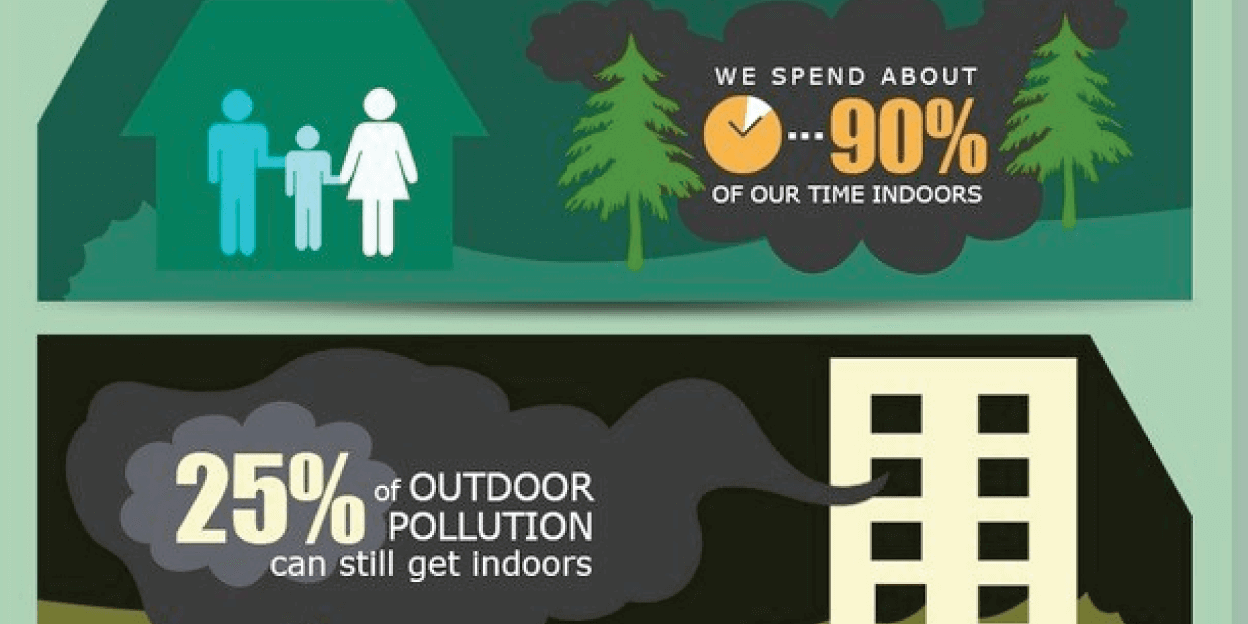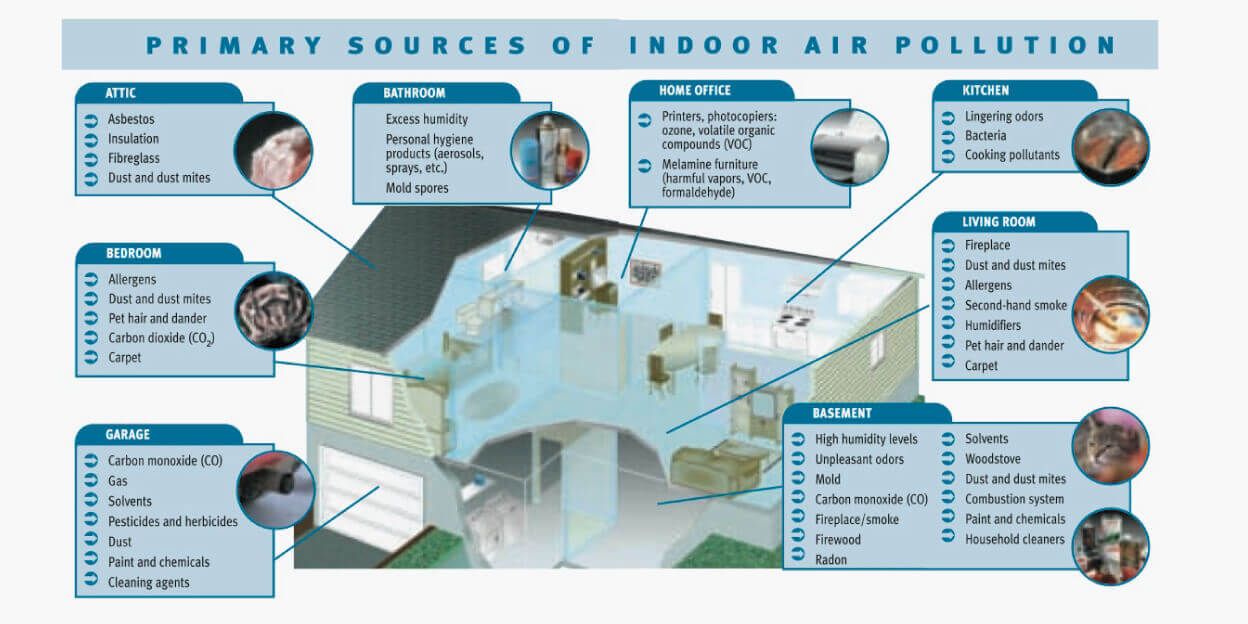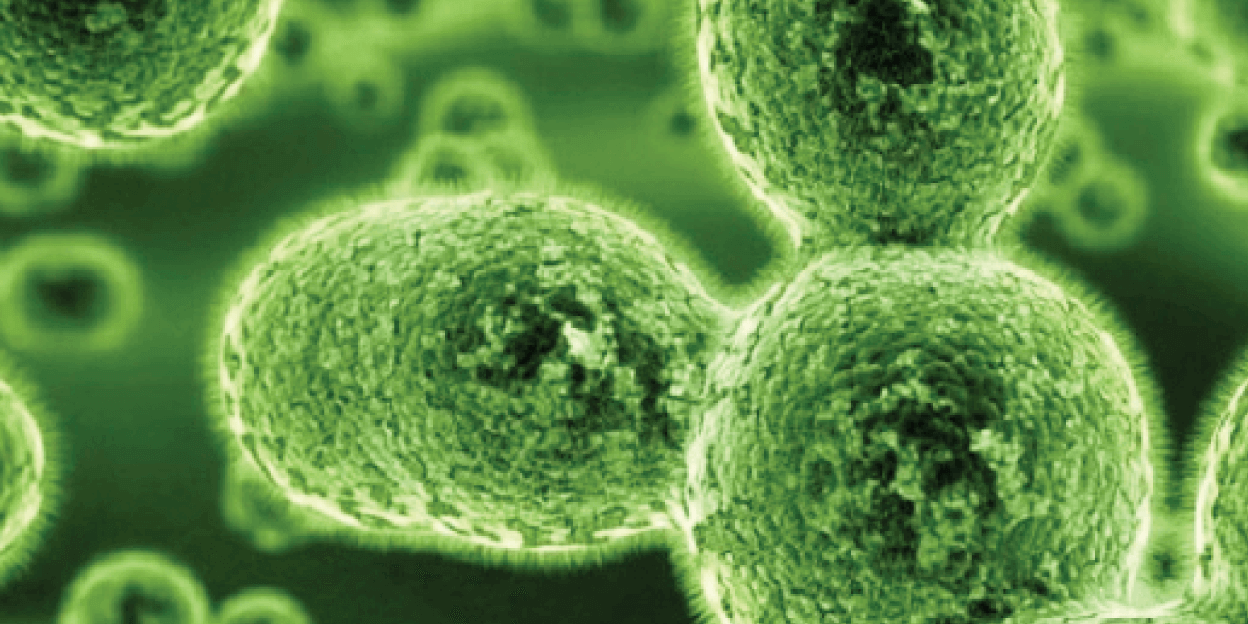Breathing poor-quality air while sleeping
Sleep, an essential pillar of our well-being, is often overlooked regarding the quality of the air we breathe. Breathing poor quality air while sleeping, We invest significant time and effort in creating a cosy sleep environment, but how often do we consider the air we inhale while sleeping? The air we breathe plays a pivotal role in our overall health, and the air quality during our sleep can impact our physical and mental well-being. The different types of risks caused by breathing poor-quality air are as follows.
Risks caused by breathing poor-quality air
Respiratory issues
- Increased risk of respiratory irritation and discomfort
- Worsening of existing respiratory conditions, such as asthma and bronchitis
- Reduced lung function due to continuous exposure to airborne pollutants
- Higher susceptibility to respiratory infections and illnesses
- Diminished ability of the respiratory system to filter out harmful particles
- Prolonged exposure leads to chronic respiratory issues and long-term lung damage
Allergies and Sensitivities
- Heightened risk of allergic reactions due to allergen exposure during sleep
- Increased frequency of sneezing and nasal congestion
- Irritation of the respiratory tract, causing coughing and throat discomfort
- Exacerbation of pre-existing allergies, intensifying symptoms like itching and skin rashes
- Swelling and inflammation of nasal passages contribute to breathing difficulties
- Breathing poor-quality air while sleeping
- Potential for developing or worsening allergic conjunctivitis, resulting in watery, itchy eyes
Experience the transformative power of clean and pure air with iPurity. Take charge of your well-being today by investing in our cutting-edge air purification solutions. Breathe easier, sleep sounder, and live healthier with our advanced technologies to eliminate indoor pollutants. Join the iPurity family and create a sanctuary of pristine air in your home. Your journey to a healthier life begins now.
Sleep Disruptions
- Difficulty falling asleep due to discomfort caused by polluted air
- Increased instances of waking up during the night, disrupting sleep continuity
- Restlessness and tossing and turning, preventing restful slumber
- Reduced duration of deep sleep phases crucial for physical and mental rejuvenation
- Morning grogginess and persistent fatigue from disrupted sleep cycles
- Impaired cognitive functions and decreased alertness throughout the day
Cardiovascular Impacts
- Elevated risk of cardiovascular diseases due to extended exposure to harmful pollutants
- Aggravation of existing heart conditions such as hypertension and arrhythmias
- Increased likelihood of developing heart-related health issues
- Impact on blood vessels and heart function from inhaled delicate particulate matter
- Potential contribution to inflammation and oxidative stress, key factors in heart disease
- Urgent need to prioritize clean air during sleep to safeguard cardiovascular health
Cognitive and Mental Health Effects
- Impaired memory retention and recall as a consequence of disrupted sleep
- Reduced ability to focus and concentrate due to inadequate rest
- Hindered decision-making skills resulting from cognitive fatigue
- Heightened susceptibility to mood disorders like anxiety and depression
- Worsening of existing mental health conditions due to poor sleep quality
- Recognizing the vital role of clean air in promoting cognitive sharpness and emotional well-being
Elevate your living environment to new heights of purity and well-being with iPurity. Our innovative air purification solutions are your gateway to cleaner, healthier air that enriches your life. Join us in pursuing pristine air quality and experiencing its transformative impact on your health and comfort. Choose iPurity today and take a decisive step towards a brighter, fresher tomorrow.
Improving Indoor Air Quality for Better Sleep
Ventilation
- Regularly open windows during the day to facilitate fresh air exchange
- Enhance indoor air circulation by creating cross-ventilation
- Utilize exhaust fans in bathrooms and kitchens to expel pollutants
- Efficiently remove indoor odours and airborne contaminants with ventilation
- Reduce humidity levels and prevent mould growth through improved airflow
- Promote a healthier indoor environment by embracing effective ventilation practices
Air purifiers
- Choose a high-quality air purifier featuring a HEPA filter for optimal performance.
- Capture and eliminate dust, allergens, and pollutants using advanced filtration technology.
- Improve indoor air quality by effectively removing microscopic particles
- Create a cleaner and healthier breathing environment through air purification
- Enhance well-being and reduce respiratory risks with a HEPA-equipped air purifier
- Make a valuable investment in your health by integrating an efficient air purifier
Reducing Allergens
- Implement a regular cleaning routine for your bedroom, including dusting and vacuuming.
- Minimize pet dander accumulation by grooming and bathing your pets regularly.
- Wash bedding, curtains, and stuffed toys frequently in hot water to eliminate allergens.
- Opt for hardwood or tile flooring instead of carpets, which can trap allergens.
- Store belongings in sealed containers to prevent dust buildup.
Humidity Control
- Use a dehumidifier to maintain optimal indoor humidity levels.
- Repair any leaks or sources of water to prevent mould growth.
- Ventilate bathrooms and kitchens to reduce humidity after cooking or showering.
- Monitor humidity levels with a hygrometer and adjust as needed.
- Regularly clean and inspect air conditioning and heating systems to prevent moisture accumulation.
Natural Remedies:
- Introduce indoor plants that are known for their air-purifying properties.
- Aloe vera, snake plants, peace lilies, and spider plants are effective choices.
- Place plants strategically around your bedroom to maximize air purification.
- Regularly care for your indoor plants to ensure their effectiveness.
- Enjoy the dual benefits of improved air quality and a touch of nature indoors.
Choosing Bedding Materials
- Opt for hypoallergenic bedding made from materials such as bamboo or organic cotton.
- Select bedding with tightly woven fabric to prevent allergens from penetrating.
- Wash bedding, including pillowcases and mattress covers, in hot water weekly.
- Replace older bedding that may have accumulated allergens over time.
- Use allergen-proof pillows and mattress covers as an extra barrier against dust mites and allergens.
Why iPurity?
iPurity stands out as your ultimate solution to overcoming the challenges of poor indoor air quality. As a trusted AC cleaner and servicer, iPurity is uniquely equipped to transform your living space into a haven of clean, fresh air. With our expertise, we ensure the optimal functioning of your air conditioning system and go beyond addressing the root causes of indoor air pollutants. Our comprehensive approach begins with thorough AC cleaning, targeting dust, debris, and potential mould growth within the system. By optimizing your AC’s efficiency, we contribute to reducing airborne particles that can degrade air quality. Furthermore, our services extend to maintaining balanced humidity levels – a critical factor in preventing mould and dust mites.
FAQ’s
How does poor air quality affect sleep? Poor air quality can lead to sleep disruptions, respiratory issues, and cognitive impacts. It may trigger allergies and even worsen existing health conditions, affecting the overall quality of sleep.
What are the risks of breathing allergens while sleeping? Breathing allergens like dust mites and pet dander can cause sneezing, congestion, and watery eyes, leading to discomfort and sleep disturbances.
How can iPurity help improve indoor air quality? iPurity offers AC cleaning and air purification services. It ensures your AC system functions optimally, reducing airborne pollutants, while advanced air purifiers with HEPA filters remove allergens and toxins, enhancing indoor air quality.
Can poor air quality impact heart health? Yes, long-term exposure to pollutants can contribute to cardiovascular issues. Breathing in pollutants while sleeping can worsen heart conditions and increase the risk of heart disease.
What role does humidity control play in air quality? Maintaining indoor humidity between 30% to 50% prevents mould growth and dust mites, fostering a healthier breathing environment.
How do indoor plants help improve air quality? Indoor plants like aloe vera, snake, and peace lilies naturally filter toxins, enhancing indoor air quality and creating a fresher atmosphere.
Why should I choose iPurity for air quality solutions? iPurity offers comprehensive AC cleaning, humidity control, and air purification solutions. Its expertise ensures a healthier living environment by reducing pollutants and allergens, creating a comfortable space with cleaner, fresher air.
